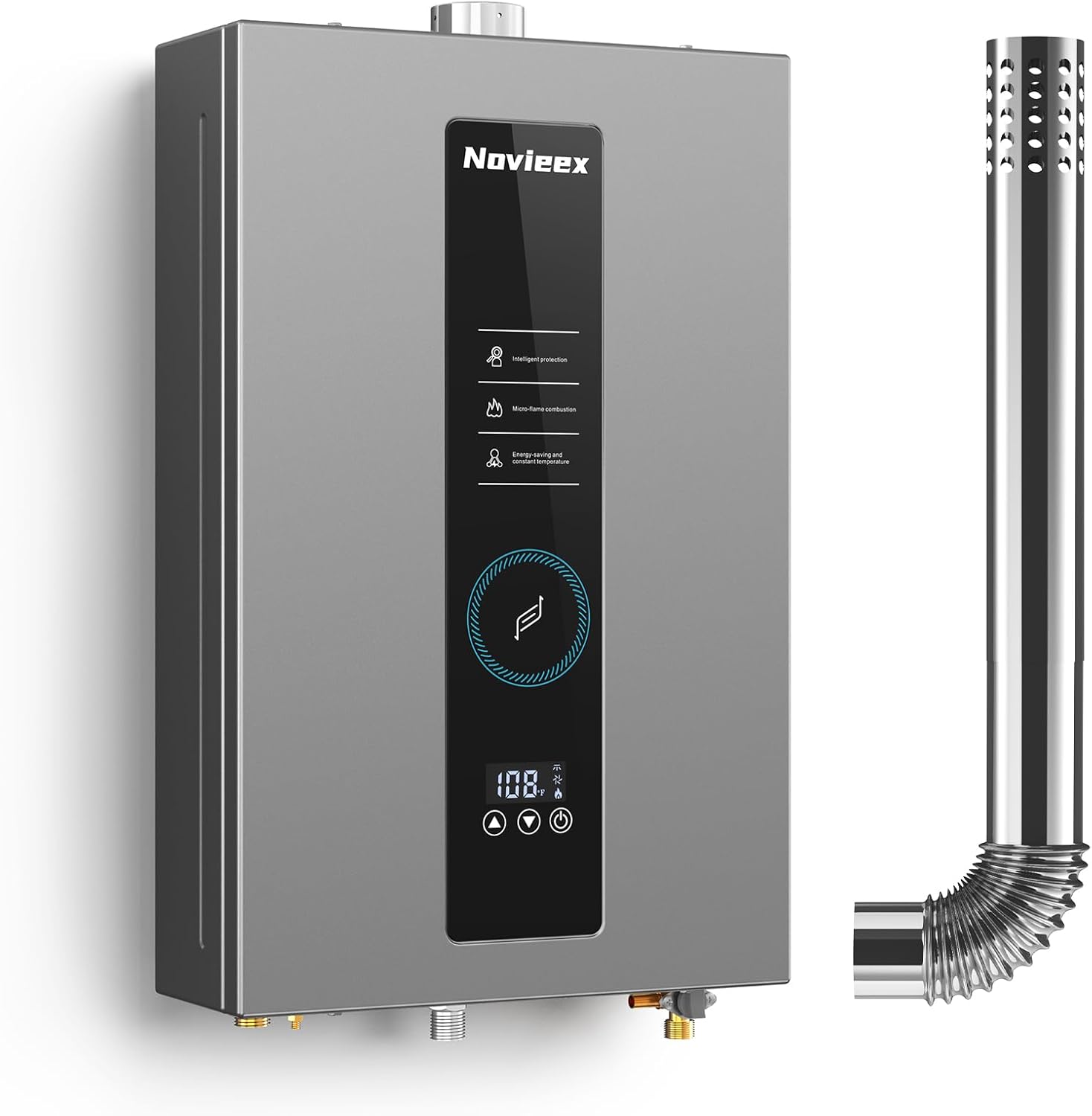To improve remote heating control efficiency, utilize smart thermostats, optimize scheduling, and ensure proper insulation for consistent temperature management.
Remote heating control systems can slash energy bills by 10-30% when optimized properly. This guide reveals professional techniques to maximize efficiency while maintaining perfect comfort.

1. Upgrade to Smart Thermostats
Modern smart thermostats learn your patterns and adjust automatically. Key benefits:
- Geofencing adjusts temperatures when you leave/return
- Remote control via smartphone apps from anywhere
- Energy usage reports identify waste patterns
- Compatibility with app-controlled heaters for whole-home integration
Top Smart Thermostat Features
| Feature | Energy Savings |
|---|---|
| Learning algorithms | Up to 15% |
| Remote sensors | 8-12% |
| Weather adaptation | 5-10% |

2. Optimize Heating Zones
Divide your home into separate heating zones with individual controls:
- Install zone valves or dampers in ductwork
- Use programmable thermostats for each zone
- Set different schedules for bedrooms vs living areas
3. Improve System Insulation
Pipe and Duct Insulation
Proper insulation prevents heat loss in distribution systems:
- Wrap exposed pipes with foam insulation sleeves
- Seal duct joints with mastic paste
- Insulate attics and crawl spaces
Window and Door Upgrades
According to Energy.gov, efficient windows can reduce heat loss by 25-50%.
4. Implement Predictive Heating
Advanced systems use weather forecasts to pre-heat efficiently:
- Start heating earlier before cold fronts arrive
- Adjust based on solar gain predictions
- Integrate with solar heating systems
5. Schedule Regular Maintenance
Annual professional maintenance ensures peak efficiency:
- Clean heat exchangers and burners
- Check refrigerant levels in heat pumps
- Test safety controls and sensors
- Lubricate moving parts
6. Utilize Thermal Mass
Strategic use of thermal mass improves temperature stability:
- Concrete floors absorb and radiate heat
- Water tanks store excess heat
- Stone fireplaces provide residual warmth
7. Monitor and Adjust Remotely
Cloud-based monitoring provides real-time insights:
- Track energy use by hour/day/week
- Receive maintenance alerts
- Adjust settings from mobile devices
As highlighted by Washington State’s efficiency programs, remote monitoring can reduce energy waste by up to 20% in commercial buildings.

